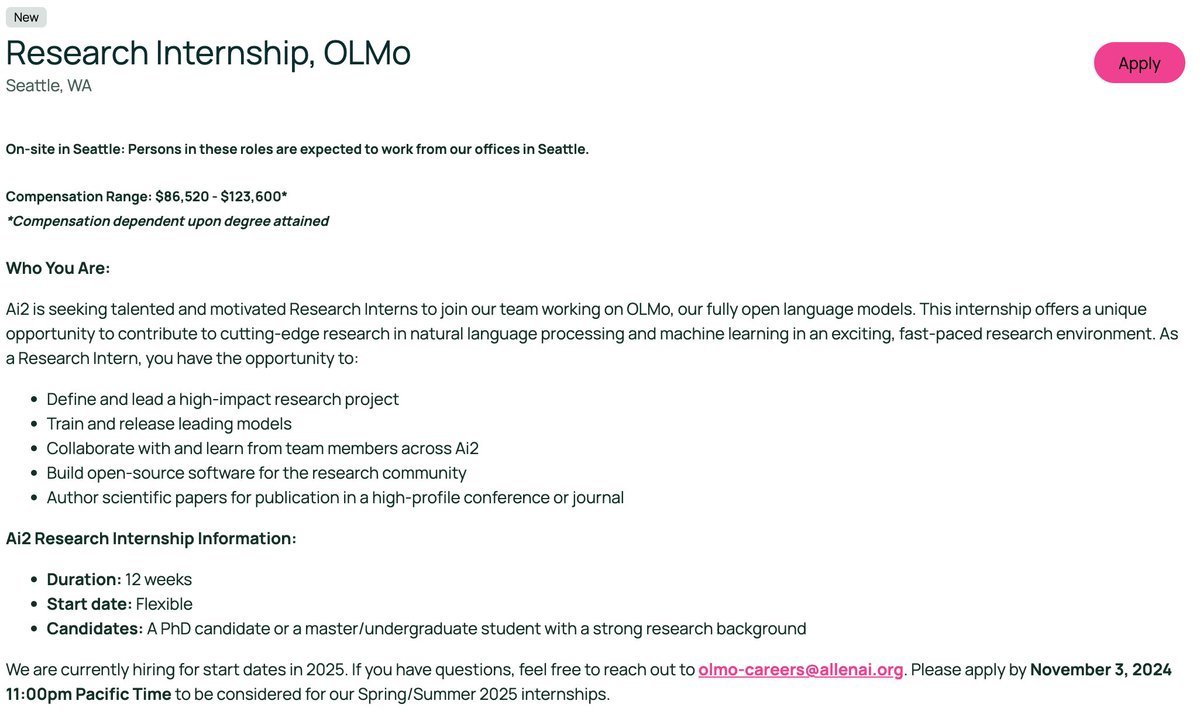
Josef Valvoda
@valvodajosef
LLMs at Amazon
ID: 270967639
https://valvoda.github.io/ 23-03-2011 16:02:49
235 Tweet
719 Followers
1,1K Following
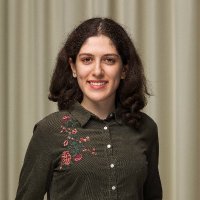
Best-of-N is a straightforward LLM alignment algorithm: return the highest reward sample of N attempts 👍simple & effective 👎generation throughput decreases by a factor of N. 🤔Can we keep the 👍 while eliminating the 👎? 🧵 w/@ryandcotterell Tim Vieira arxiv.org/pdf/2407.06057…

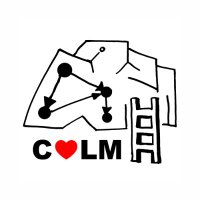


📬As EMNLP 2025 notifications roll in, a friendly reminder: We accept papers 📝 from ARR (w/ reviews & meta-review✅) until 27 Sept (AoE) 📅 Notifications drop Oct 8! Brace yourselves 💪 & commit 🔄 one more time! CfP: nllpw.org/workshop/call/ #nllp #legaltech #EMNLP2024



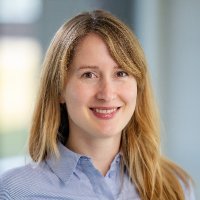



Ever wonder if legal models learn anything about law? Go see Ieva Raminta @ievaraminta.bsky.social in action to find out! ⚖️⚖️⚖️ #EMNLP2024

🥁 Drum roll... 🥁 🏆 The Best Presentation Award goes to ... 🎉 Ieva Raminta @ievaraminta.bsky.social for presenting 📄"Comparative Study of Explainability Methods for Legal Outcome Prediction" 🤖⚖️ 🎊 Congrats! Award comes with 💵500 sponsored by Tech At Bloomberg 💻✨




I have multiple MSc/PhD openings in my lab at UBC Computer Science! Come discover the hidden capabilities/limits of LLMs, e.g. how to learn from, guide, and understand the outputs of models. See my website (bio) for more details. cs.ubc.ca/students/grad/… Apply by December 15th! Also...


To appear at ICLR 2025, "Training Neural Networks as Recognizers of Formal Languages", and new benchmark, 🔥FLaRe🔥, for Formal Language Recognition! With Ghazal Khalighinejad, Anej Svete, Josef Valvoda, Ryan Cotterell, and Brian DuSell. See thread below.

New paper alert from Google DeepMind! 🚨 We've put LLMs to the test as writing co-pilots – how good are they really at helping us write? LLMs are increasingly used for open-ended tasks like writing assistance, but how do we assess their effectiveness? 🤔 arxiv.org/abs/2503.19711
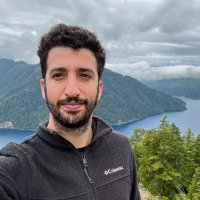
💡 New ICLR paper! 💡 "On Linear Representations and Pretraining Data Frequency in Language Models": We provide an explanation for when & why linear representations form in large (or small) language models. Led by Jack Merullo , w/ Noah A. Smith & Sarah Wiegreffe





